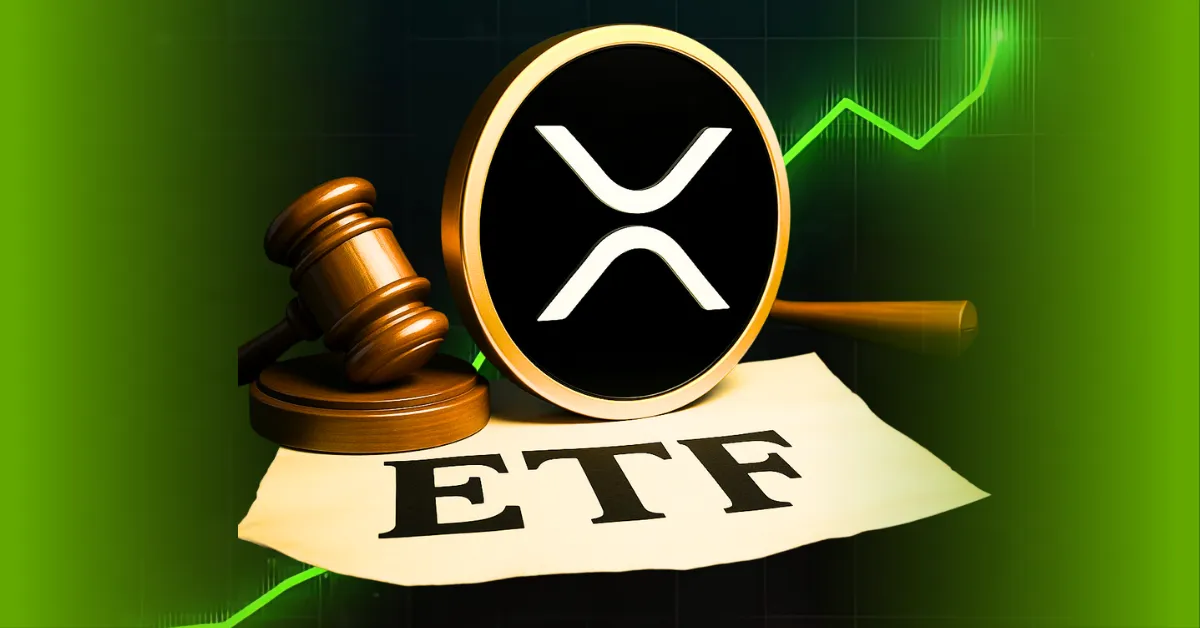The Ripple vs. SEC legal battle has been a defining narrative in the cryptocurrency space, with far-reaching implications for the broader digital asset market. The latest twist in the case—Judge Analisa Torres’ refusal to issue an “indicative ruling”—has left investors and legal observers in a state of uncertainty. This decision has significant consequences for Ripple, XRP holders, and the prospects of an XRP exchange-traded fund (ETF) in the United States. To fully grasp the implications, it is essential to dissect the legal complexities, assess the impact on ETF approvals, and evaluate the broader market dynamics.
The Legal Maze: Ripple vs. SEC
The legal battle between Ripple Labs and the U.S. Securities and Exchange Commission (SEC) has been ongoing since December 2020. The SEC alleges that Ripple’s $1.3 billion offering of XRP tokens constituted an unregistered securities sale, violating U.S. securities law. Ripple, on the other hand, argues that XRP is a digital currency, not a security. The case has seen several developments, including a partial win for Ripple in July 2023, when Judge Torres ruled that XRP is not a security when sold on public exchanges. However, the judge also found that some direct institutional sales violated securities laws.
The latest setback in the case came when Judge Torres declined to issue an “indicative ruling,” a legal maneuver that could have paved the way for a settlement on lighter terms. This decision has left both parties in a state of procedural limbo, with no clear resolution in sight. Despite the SEC’s willingness to lower its proposed penalty from $125 million to $50 million, the court-imposed ban and monetary discussions remain unresolved. Both parties have agreed to keep appeals on pause pending a final decision, but the lack of clarity has left investors and market participants in a state of uncertainty.
The ETF Domino Effect: Legal Uncertainty and Market Impact
The ongoing legal battle has significant implications for the prospects of an XRP ETF in the United States. Exchange-traded funds tied to spot cryptocurrencies have become increasingly popular, with asset managers rushing to launch Bitcoin and Ethereum ETFs. XRP, with its massive market cap and liquidity, is a natural candidate for an ETF. However, the SEC’s regulatory stance on XRP has created a significant hurdle for ETF approvals.
The SEC’s control over ETF approvals means that any ETF tied to XRP is subject to regulatory scrutiny. The ongoing lawsuit provides the SEC with a valid reason to delay or withhold approval for an XRP ETF, citing the need for regulatory clarity. This uncertainty has had a chilling effect on the market, with institutional investors remaining cautious about big-money participation. The lack of clarity has also led to a delay in the decision on the Franklin Templeton XRP ETF, which faces a decision deadline of June 17, 2025.
Despite the regulatory hurdles, there are signs of optimism. Canadian markets, for instance, are pushing ahead with the launch of the Purpose XRP Spot ETF on June 18, 2025. This highlights the contrast between the U.S. regulatory logjam and the more progressive stance of other jurisdictions. Legal experts and ETF analysts suggest that a definitive court resolution by the end of summer 2025 will remove the last big hurdle for XRP ETF approvals. Analyst confidence in XRP ETF approval is now pegged as high as 90% post-lawsuit, indicating a strong likelihood of approval once the legal uncertainty is resolved.
The Broader Market Implications
The Ripple vs. SEC case is not just about Ripple and XRP; it is a proxy for the larger struggle between regulators and digital finance innovators. The outcome of the case will set a precedent for how the SEC approaches future crypto securities cases, making it a keystone event for the next wave of digital asset regulation. The SEC faces increasing pressure to establish consistent frameworks for digital assets, and the Ripple outcome will be a critical test of its regulatory approach.
For Ripple and XRP holders, the short-term outlook remains uncertain. The legal fog means that XRP’s price is likely to bounce on settlement rumors and stall on judicial delays. However, once the dust settles and the last appeal is resolved, anticipate a resurgence in institutional interest, potential ETF inflows, and a credibility boost for Ripple and its payments technology. The broader crypto market will also be watching closely, as the resolution of the case will have ripple effects (pun intended) on trading floors from Wall Street to Toronto and beyond.
Conclusion: The Path Forward
While the recent delay in the Ripple vs. SEC case has throttled immediate hopes for a U.S.-listed XRP spot ETF, the finish line is in sight. Legal experts expect meaningful resolution by late summer or fall 2025. When it arrives, expect a wave of ETF filings, rapid price discovery, and a reshuffling of the crypto investment landscape. The U.S. may be slow compared to international jurisdictions, but sooner or later, regulatory clarity will unlock the next phase for XRP and the broader crypto ETF market. Holders, pundits, and asset managers alike are watching closely—because when the judgment hammer finally falls, the reverberations will be felt on trading floors worldwide.





